Today marks exactly three months since the June 25 Gen Z-led Occupy Parliament protest, which investigations by various human rights groups indicate resulted in the shooting to death of six people.
They said overall, 61 people died and hundreds were injured.
The protest was called to oppose a finance bill that proposed increased taxes, including some regressive taxation measures amid high living costs.
Six human rights groups say interviews with 23 eyewitnesses, lawyers and medical professionals, as well as the analysis of over 45 videos and 100 photographs taken on the material day, found police at fault on several fronts while managing the crowds.
Amnesty International Kenya, the Law Society of Kenya, Defenders Coalition, Article 19, Medics for Kenya and the Independent Medical Legal Unit documented the evidence between July 8 and August 9, 2024.
Excessive use of force
The rights groups said evidence confirmed that police unlawfully used a combination of lethal and less lethal weapons against protesters who were largely peaceful, save for isolated incidents where some threw stones or teargas canisters back at the police.
They said video evidence showed police repeatedly firing tear gas canisters directly at protesters—sometimes at head level, or straight up in the air—risking severely injuring people when they landed.
“Kenyan police fired tear gas at protesters, bystanders and medics, arbitrarily arrested and beat peaceful protesters; and fired live ammunition at crowds,” the rights groups said in a press release.
The Law Society of Kenya's President condemned the use of tear gas against peaceful protesters.
“Isolated acts of violence do not justify the use of tear gas, since it has a wide area effect. It should only be used in situations where there is generalised violence, and after clear warnings are given, which evidence confirms, police failed to issue,” she said.
A 28-year-old male protester told investigators that he lost three fingers after a tear gas grenade was fired directly at him. “I will not be able to function the same,” he said.
Doctors managing a medical camp said injuries included lacerations, breathing issues related to the inhalation of tear gas and itching from chemical irritants in the water shot from high-pressure water cannons.
Deployment of lethal firearms
Amnesty International weapons experts said among them were G3-, AK-47s and Galil-pattern rifles and CZ Scorpion EVO 3 submachine guns and various types of shotguns.
They said the weapons were loaded with kinetic impact projectiles and impact rounds.
By doing this, the groups said police violated international human rights law and standards including the UN Basic Principles on the Use of Force and Firearms by Law Enforcement Officials and the United Nations Human Rights Guidance on Less-Lethal Weapons in Law Enforcement.
According to medics, they treated serious injuries likely caused by kinetic impact projectiles fired at close range.
“It is unacceptable that rather than facilitating and protecting protesters, police resorted to using deadly force,” Amnesty International Kenya Executive Director Irungu Houghton said.
Attacks against medical personnel
Tear gas was fired into at least two medical camps and several times near the camps as injured persons were receiving treatment, witnesses said.
A medic said they witnessed a tear gas grenade fall into a building at a third medical camp used as a room to treat patients.
The report notes that despite medics wearing identifiable clothing, a medical doctor was shot by a kinetic impact projectile in the chest while another was arrested and later released.
Poor coordination/communication
The rights groups said researchers could not establish a clear command structure responsible for policing the protests.
Footage analysed shows that officers appeared to lack guidance and did not effectively communicate with each other, the rights groups said.
Despite the Parliament protest having been announced several days in advance, investigations by the rights groups found that police failed to use adequate time to facilitate the protest and minimise potential injury or damage to property.
Videos show that police neither formed a clear cordon around Parliament nor facilitated the protesters, they said.
“Police were advancing, retreating and firing weapons at their own will. Four witnesses said the police seemed overwhelmed by the large number of protesters,” they said.
Failure to provide medical assistance
Principle 5(c) of the United Nations Basic Principle on the Use of Force and Firearms by Law Enforcement Officials requires police to provide medical assistance to the injured during protests.
Investigations indicated that they failed to do so.
The report says three protesters are seen on video trying to carry an injured person towards an ambulance parked next to the police.
One of them raised his hand, likely trying to indicate that they were unarmed.
“Instead, they fire tear gas canisters directly at the group who flee leaving the injured person lying on the ground. A tear gas grenade can be seen exploding next to the injured person,” the rights groups said.
Disguised law enforcement officials
Videos and photos taken throughout the day show that most officers, including those in identifiable police fatigues, were not identifiable by their service numbers as required under Section 10 of the National Police Service Act.
The rights groups said this went against international human rights standards, which require police to be uniformed and have identifying markers, including name tags or service numbers.
“Most hid their faces and wore masks or balaclavas. Images also show groups of men in civilian clothes carrying weapons working alongside the police and riding in unmarked vehicles.
“Men dressed in civilian clothes responded by firing shots – at least four men are seen on camera firing rifles and handguns towards the crowd and in the air. Researchers counted at least 45 shots fired within 56 seconds,” the groups said.
From evidence assessed, they said, the protesters were unarmed, although a small number of protesters broke windows and took flags once they broke into Parliament.
“Two witnesses inside Parliament told researchers that protesters did not attack MPs and some helped them leave the building.”
Arrests, arbitrary detentions and abductions
The groups said researchers researched three cases of abductions, which may amount to enforced disappearances.
They said the Kenya National Commission on Human Rights (KNCHR) facilitated the release of over 300 persons illegally detained” on 25 June.
They said as of the end of August, the LSK had documented 72 people as abducted, released, or were still missing in relation to the protests.
“Thirteen disappeared on the 25th June and a further twenty-three went missing within seven days of this protest,” they said.
IMLU Executive Director Grace Wangechi said victims of unlawful police use of force and family members of those who have been killed must be compensated.
“Kenyan authorities must conduct prompt, thorough and independent investigations into all human rights violations committed in the context of the protests, including the killing of protesters and hold those responsible fully accountable,” she said.



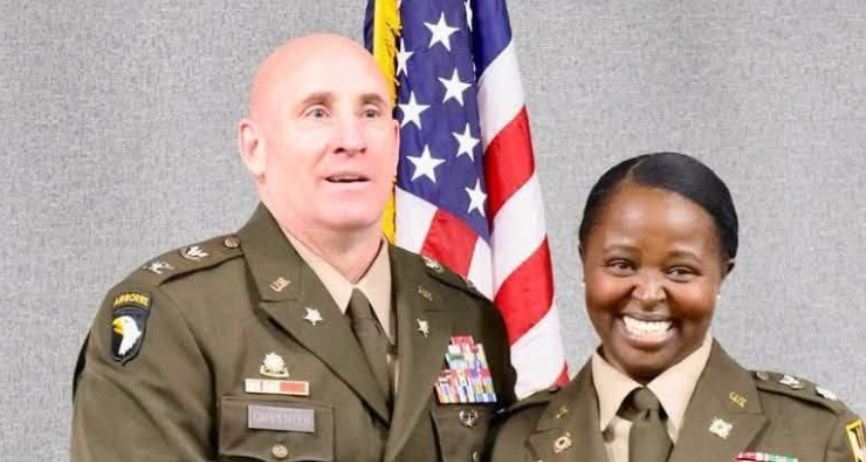

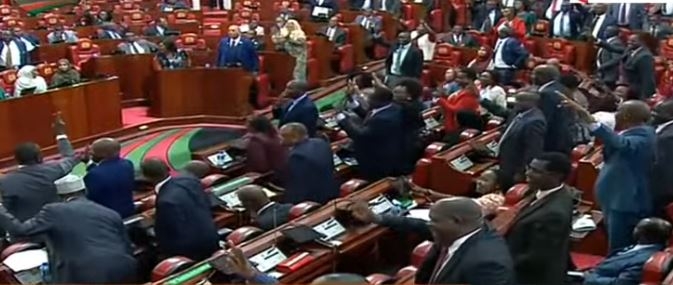
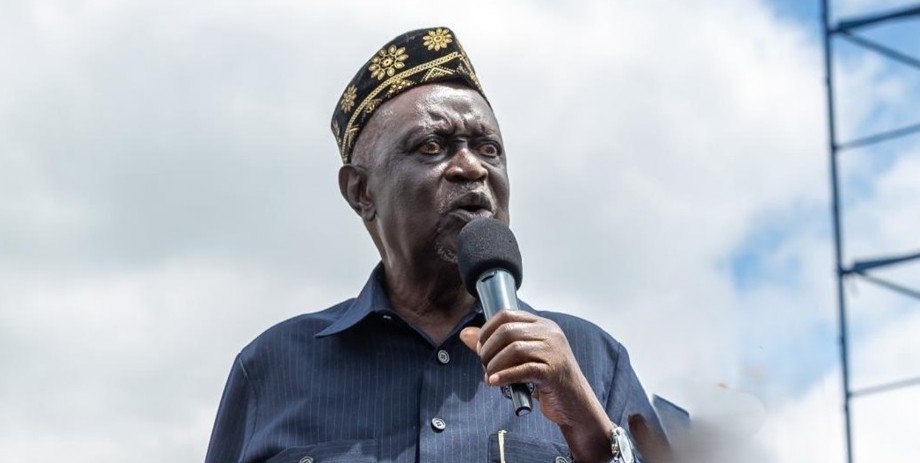
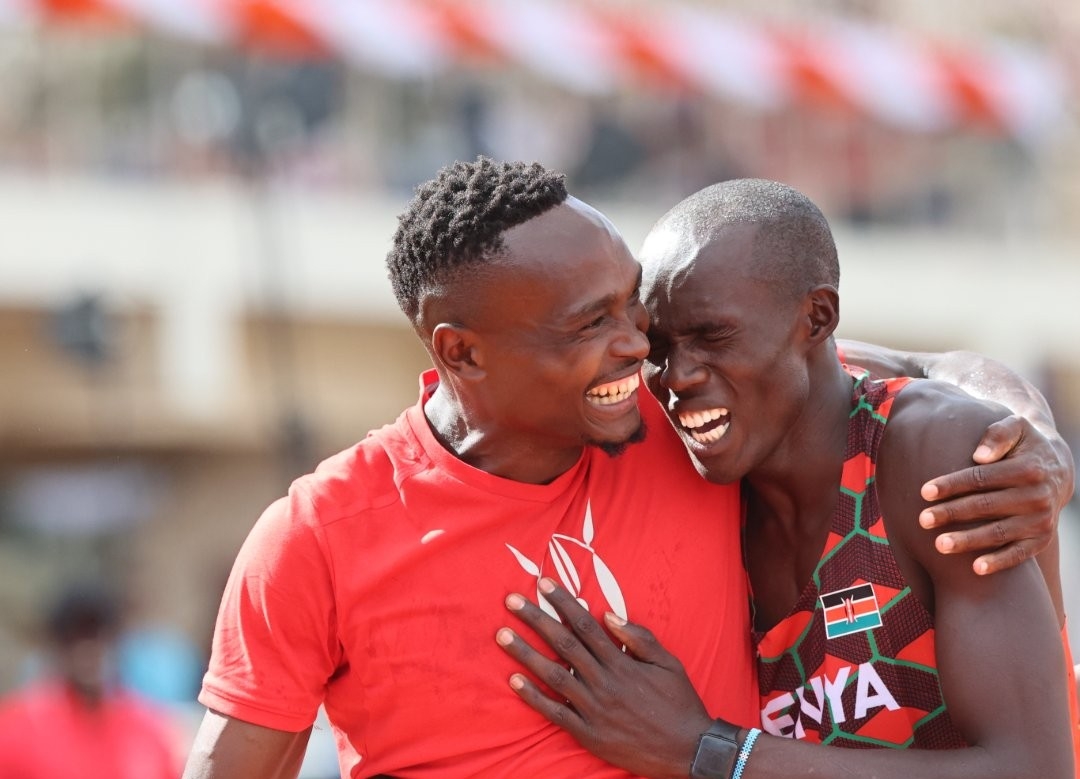
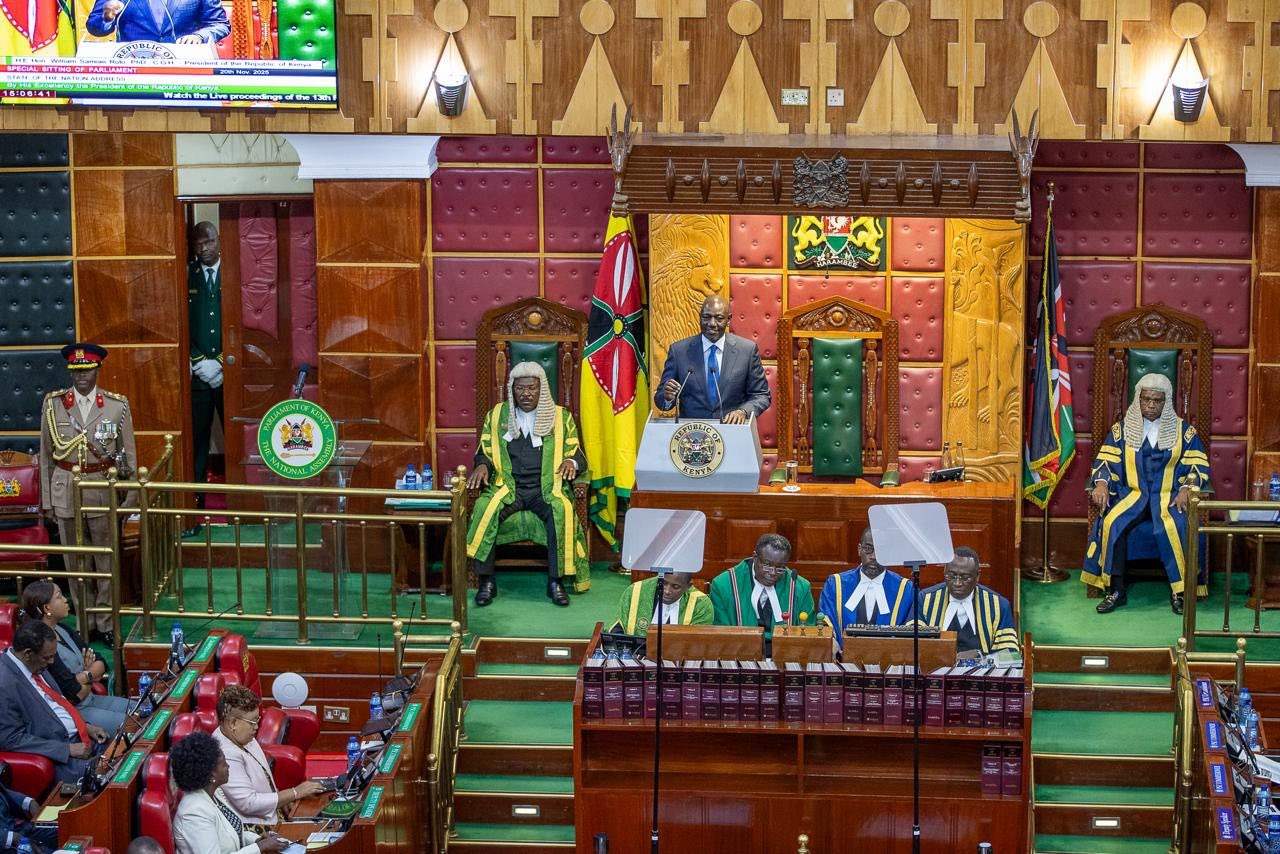

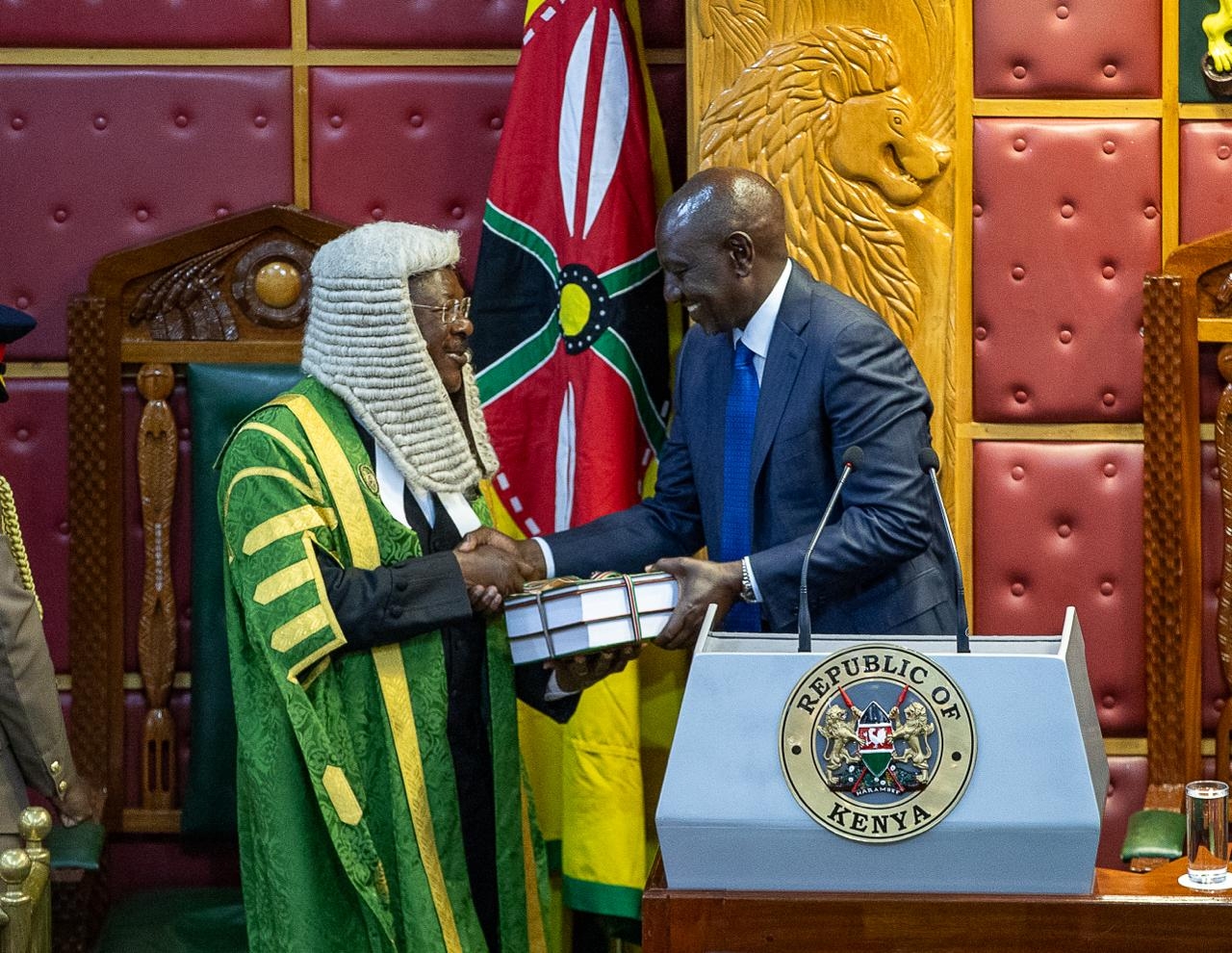
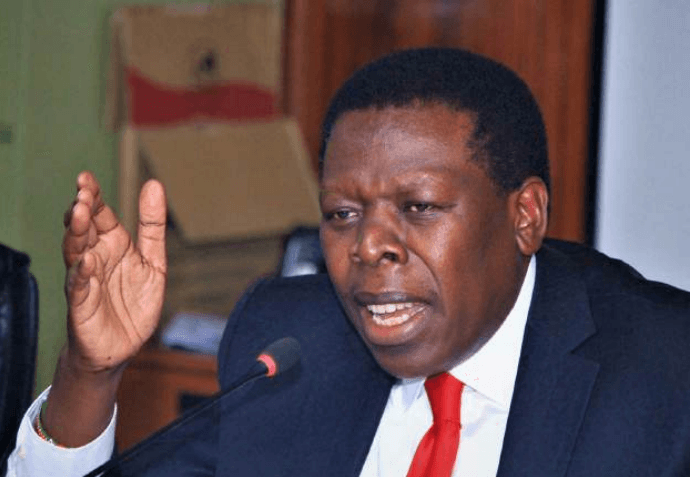
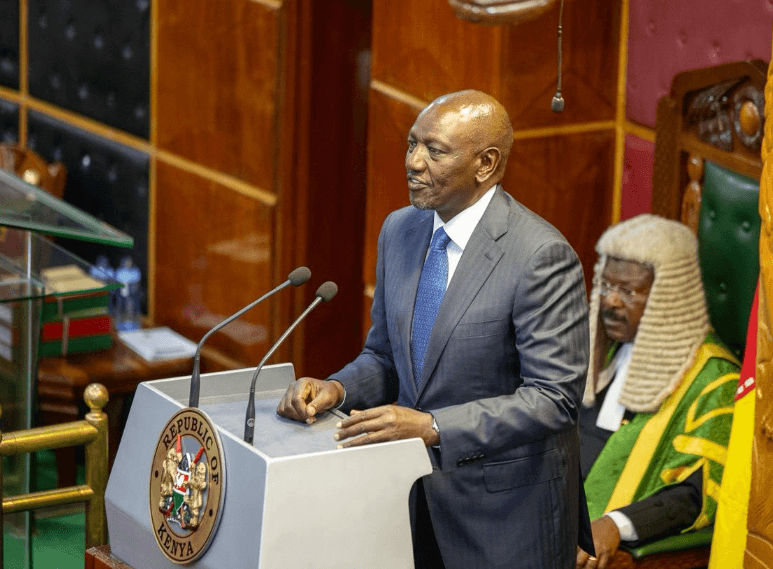
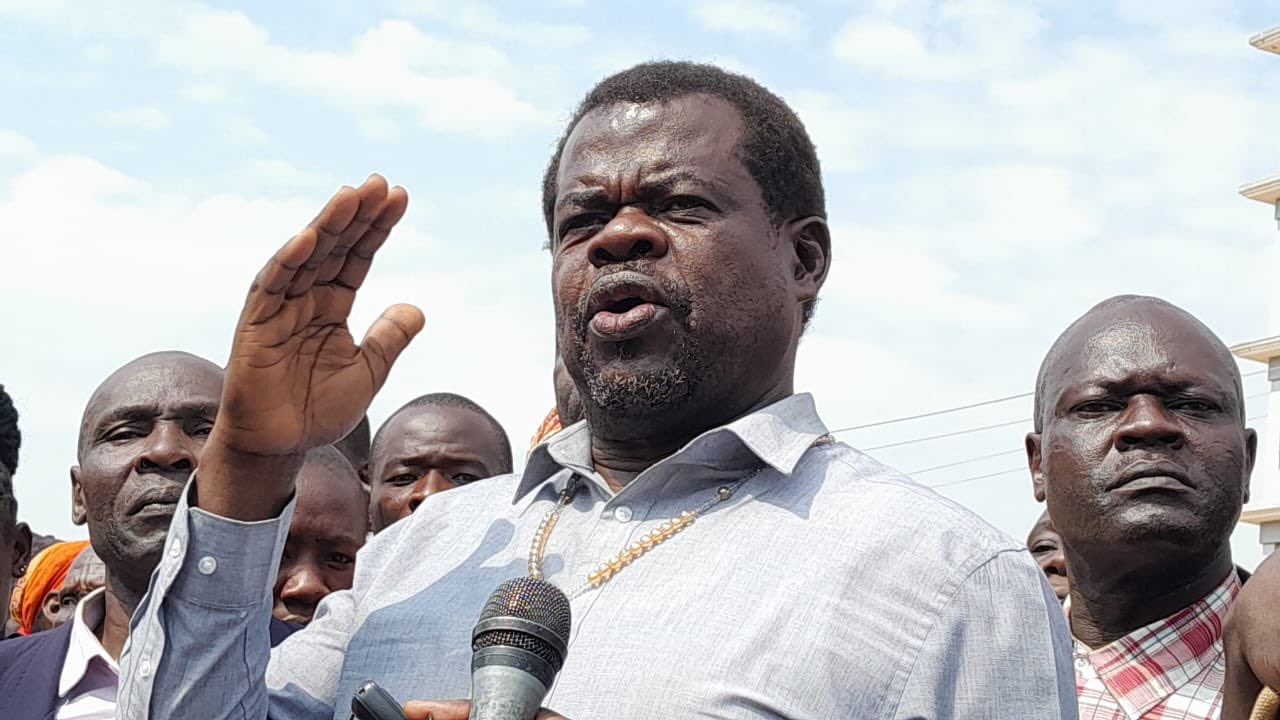
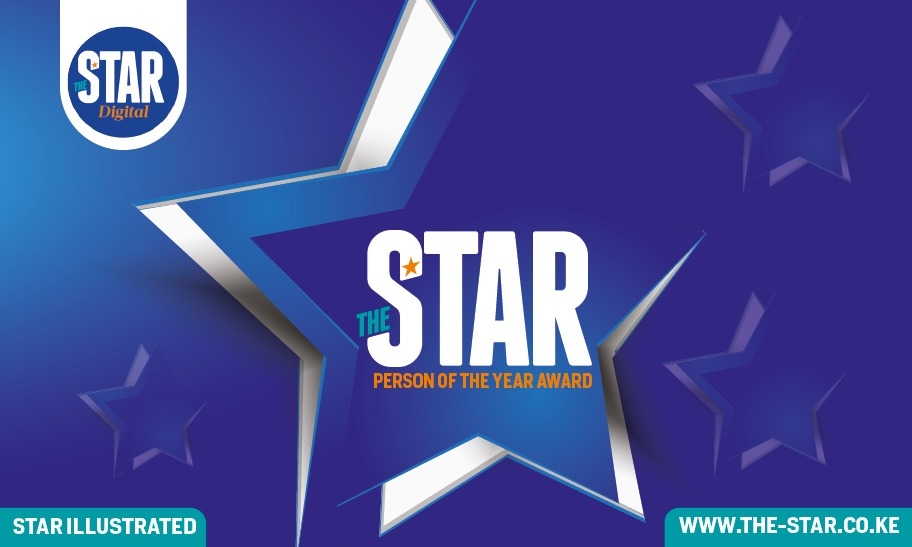
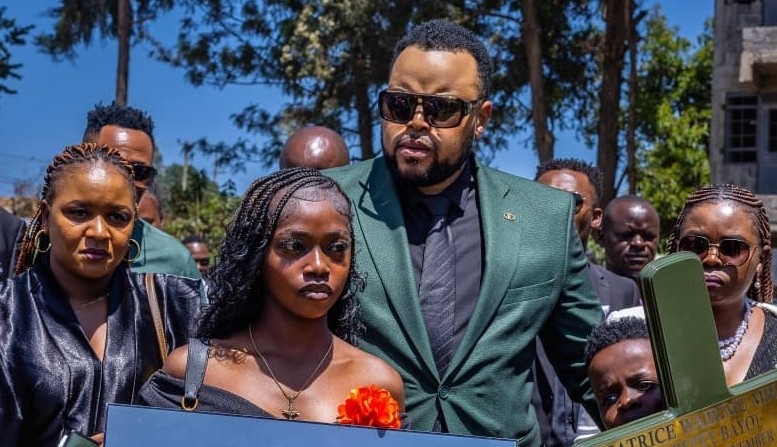
![[PHOTOS] Betty Bayo laid to rest in Kiambu](/_next/image?url=https%3A%2F%2Fcdn.radioafrica.digital%2Fimage%2F2025%2F11%2F3b166e2e-d964-4503-8096-6b954dee1bd0.jpg&w=3840&q=100)
